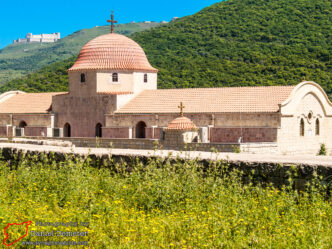
Deir Mar Jerjes دير مار جرجس
Deir Mar Jerjes (دير مار جرجس) is a large Greek Orthodox monastery named after Saint George. It is located in Wadi al-Nasara …

Deir Mar Jerjes (دير مار جرجس) is a large Greek Orthodox monastery named after Saint George. It is located in Wadi al-Nasara …
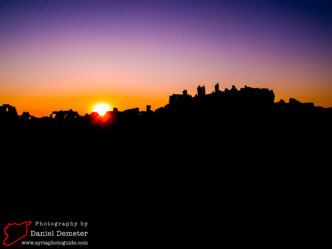
The ruined Byzantine city of Sergiopolis, known today as al-Rasafeh (الرصافة), is one of the most spectacular historic sites in eastern Syria and …
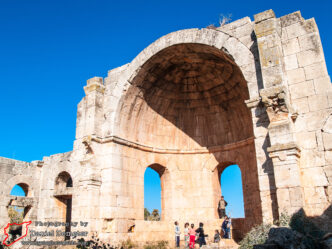
The remains of two Byzantine churches are located on opposite ends of this small Alawite village near Masyaf (مصياف). The western church, …
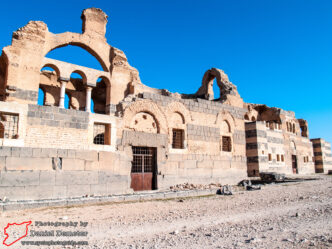
Qasr Ibn Wardan (قصر ابن وردان) is a fascinating Byzantine church and palace complex located at the edge of the desert to …
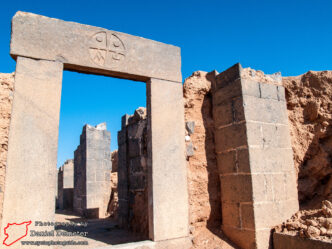
The remote Byzantine site of al-Andarin (الاندرين) is spread over a vast area at the edges of the semi-desert, about twenty-five kilometers …
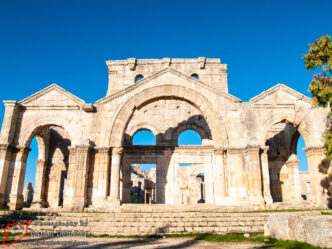
The most impressive archaeological site in the countryside of Aleppo (حلب) is the remarkable Byzantine religious complex known today as Qalaat Samaan …
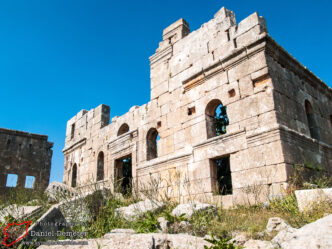
Deir Samaan (دير سمعان) is one of the most noteworthy Byzantine sites in the region, but is surprisingly overlooked by many visiting …
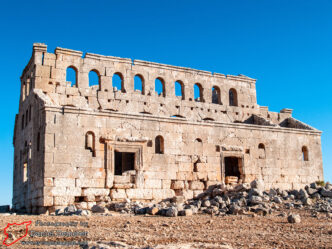
The Byzantine church at al-Mushabak (المشبك) was described by archaeologist Howard Crosby Butler as “one of the most perfectly preserved of all …
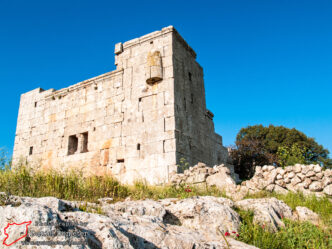
Sheikh Suleiman (شيخ سليمان) is one of the more impressive the Byzantine-era sites in the western countryside of Aleppo (حلب). Located in …
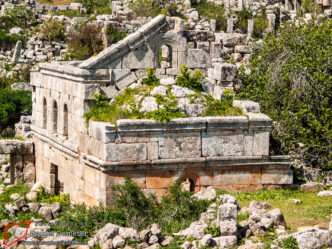
Sinkhar (سنخار) was a fairly extensive Byzantine settlement in the southeastern reaches of Jebel Samaan (جبل سمعان). While the state of preservation …